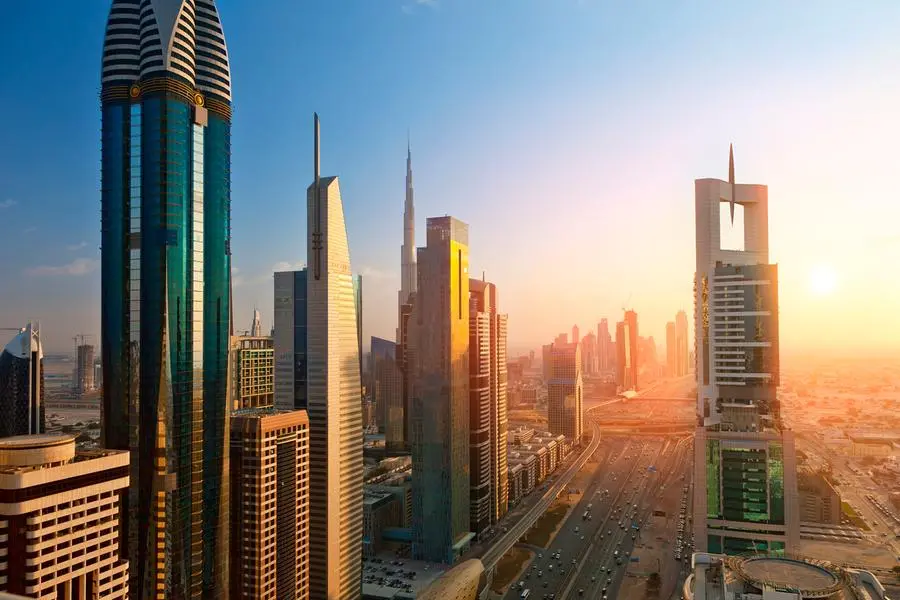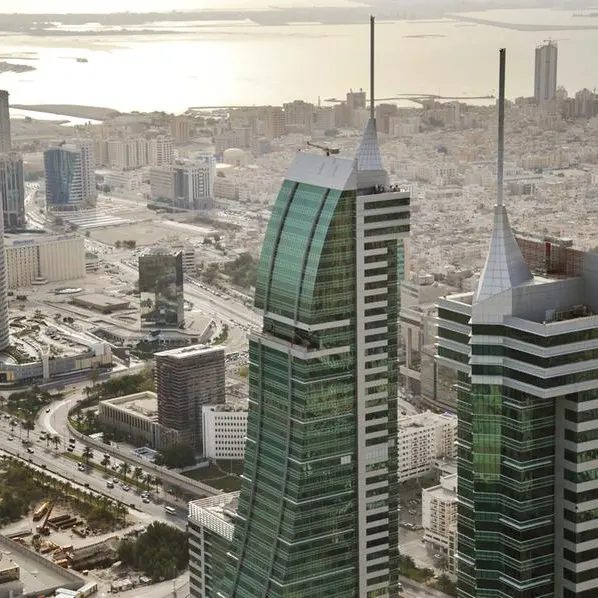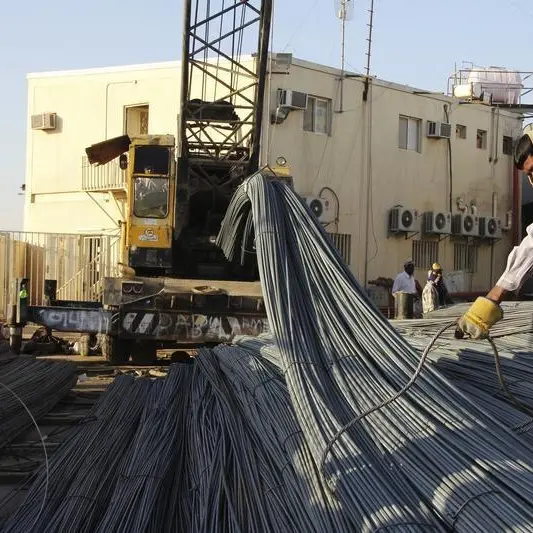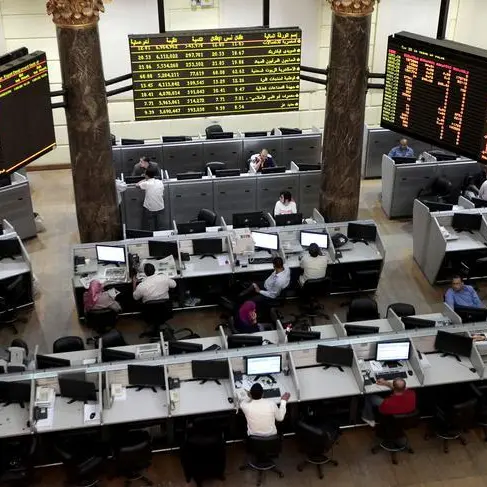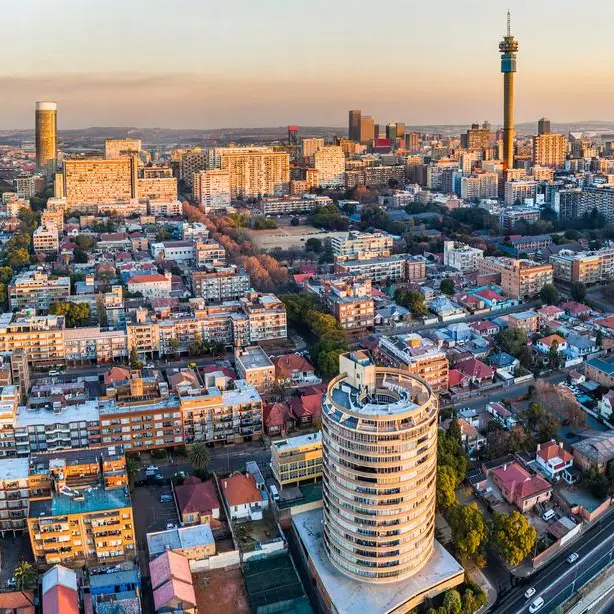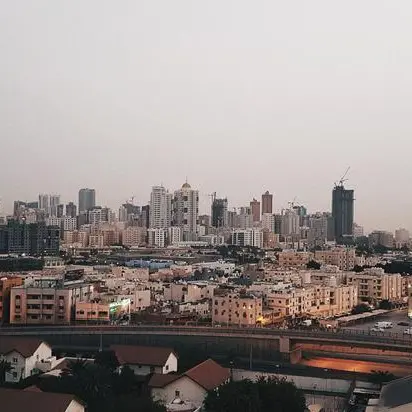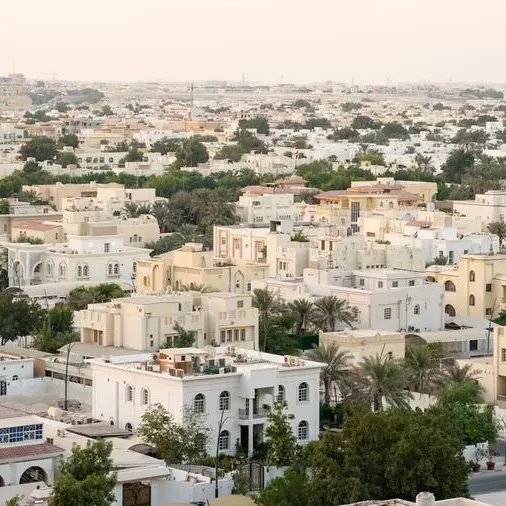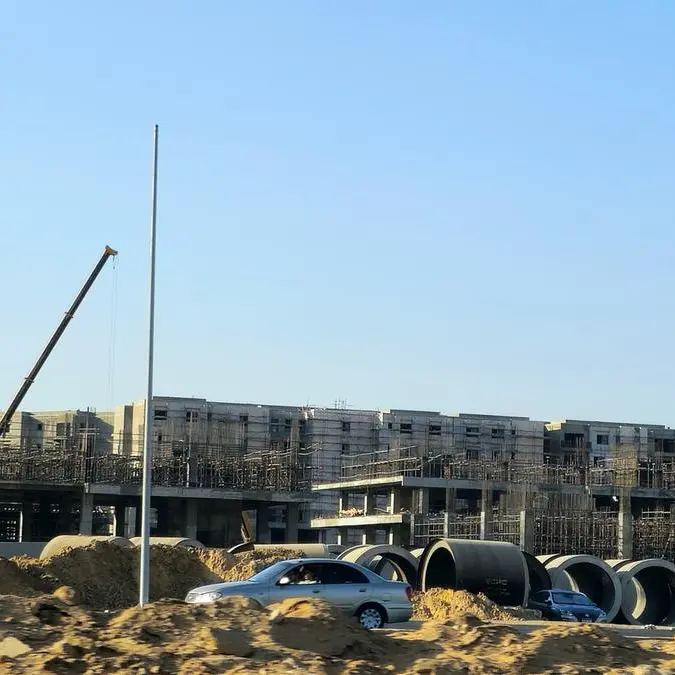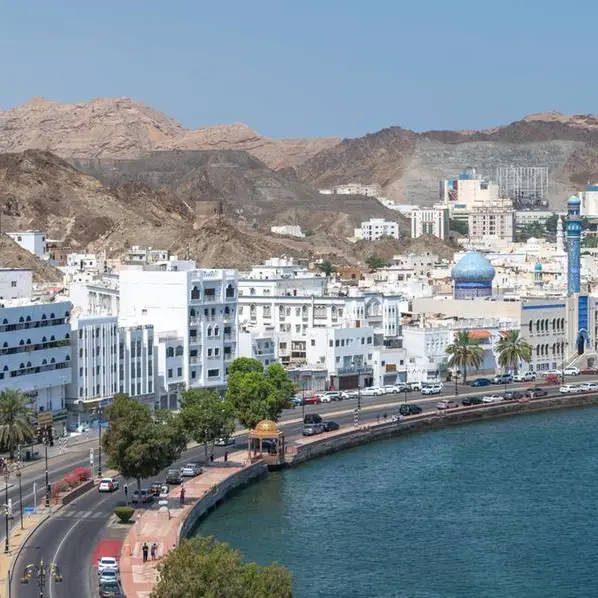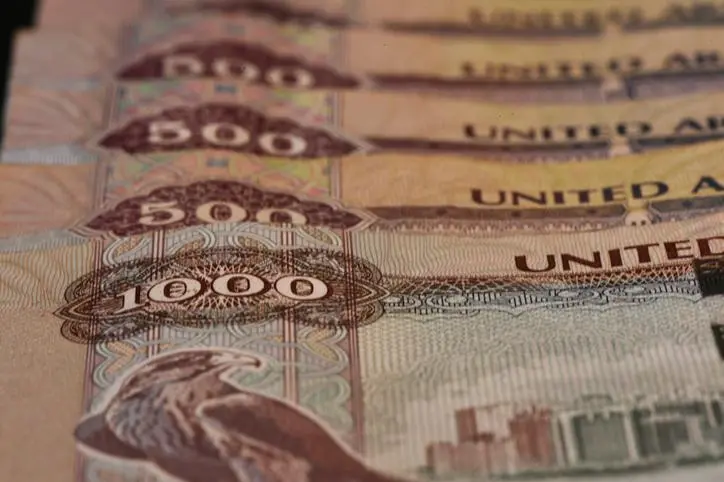PHOTO
UAE - Prime residential prices in Dubai, which encompass the neighbourhoods of The Palm Jumeirah, Emirates Hills and Jumeirah Bay Island, are set to experience the strongest price growth globally, according to global property consultancy Knight Frank.
Dubai’s perennial challenge has been its ‘build-it-and-they-will-come’ mantra, which has resulted in more homes being built than the market is capable of absorbing. In this cycle however the number of new high-end homes planned is failing to keep pace with demand, stated Knight Frank in its 2023 Prime Predictions – Dubai Edition report.
Bulgari Lighthouse on Jumeirah Bay Island (31 apartments) and Alpago’s Palm Flower on the Palm Jumeirah (11 apartments) account for the bulk of new high-end homes coming to the city’s prime neighbourhoods.
Faisal Durrani, Partner – Head of Middle East Research, said: "Dubai’s prime residential market has and continues to be a global outlier, with record price growth in 2022, albeit this has been from a low base."
"Adding to the city’s appeal is its relative ‘affordability’, with prime homes transacting for around $800 per sq ft, making Dubai one of the most ‘affordable’ luxury residential markets in the world. Overall residential prices trail 2014 peak levels by 21.4%," he added.
Knight Frank said Dubai’s mainstream residential market is expected to register price increases of 5-7% by the end of 2022 and a similar rate of growth is expected in 2023.
"For prime Dubai, prices are likely to end the year around 50% higher than 2021. Supply is the other critical factor in our 2023 outlook, with just eight villas in Dubai’s prime precincts expected to be delivered by 2025.
Across the 25 cities tracked, Knight Frank’s global research network now expects prime residential prices to rise by 2.0% on average in 2023, down from 2.7% predicted six months ago.
Despite this slowdown, aggregate growth in 2023 would still be higher than that recorded in six of the last ten years.
Knight Frank says after two years in which the pandemic fuelled a surge in house prices in most global cities, the landscape is now shifting. Money is becoming more expensive, geopolitics more complex and China is no longer powering the world’s economy.
Homeowners are having to grapple with the unpredictability of soaring inflation, the rising cost of debt and higher taxes. Although prime markets are more insulated to the fallout from higher mortgage costs, they’re not immune.
The transition from a sellers to a buyer’s market is already underway across many prime residential markets. But prime residential prices would need to dip by 30-40% in some cities for prices to return to their pre-pandemic levels of 2019, stated Knight Frank in its analysis.
Copyright 2022 Al Hilal Publishing and Marketing Group Provided by SyndiGate Media Inc. (Syndigate.info).
